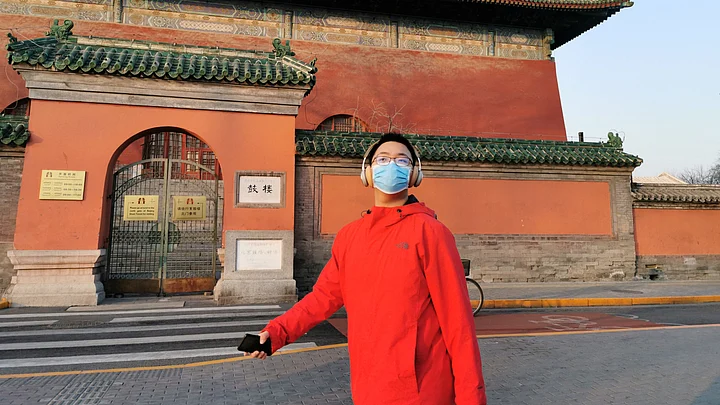China’s national governance system has shown its ability to concentrate efforts and resources as needed to contain the epidemic.
The past month has not been good for the Chinese people. Common citizens were busy celebrating the Spring Festival at the beginning of the year 2020, which is marked as the Year of the Rat in Chinese lunar calendar, in the expectation that it would bring luck and fortune.
The COVID-19 outbreak, however, came as a great shock. The outbreak of the infectious coronavirus created huge health risks for residents in the beautiful city of Wuhan, capital of China’s central Hubei Province, where I lived during my research as a student in 2017.
The coronavirus epidemic has impacted both public health and social life in China. The influence of market shutdowns and empty public spaces has also been felt beyond China’s borders since the world’s second-largest economy is highly integrated with global markets.
According to the World Health Organization (WHO) definition, coronaviruses are a large family of viruses that can infect birds and mammals, including humans.
Earlier these viruses have been linked to the Severe Acute Respiratory Syndrome (SARS) outbreak in 2003 and the Middle East Respiratory Syndrome (MERS) outbreak in South Korea in 2015, which have triggered global health concerns.
The COVID-19 outbreak imposes challenges on China’s public health and epidemic prevention system. Although China has faced a tough battle on health and public safety fronts, the response of Chinese authorities has been quick and effective.
The Central Committee of the Communist Party of China (CPC) and the State Council are paying the greatest attention to epidemic prevention and control. Teams have been formed at different levels to safeguard the health of citizens.
Having learned from the SARS outbreak in 2003 and the Wenchuan earthquake in 2008, China’s national governance system has shown its ability to concentrate efforts and resources as needed to contain the COVID-19 epidemic.
Much like the experience in Beijing during the 2003 SARS crisis, China’s capabilities are also evidenced by the newly built Huoshenshan Hospital in Wuhan to treat COVID-19 patients with the best medical facilities and diagnostic capabilities. WHO Director-General Tedros Adhanom Ghebreyesus applauded the “transparency and effectiveness” of China’s response to the novel coronavirus epidemic.
One has to understand that managing the outbreak of a new infection is never an easy task. A crisis like this necessitates more open and wider global health cooperation from countries around the world. The team of Indian doctors led by Dr Kotnis to China is considered a golden mark in history concerning health cooperation between the two nations.
For now, scientists from China, the United States, Australia and Europe are collaborating with each other to speed up producing a vaccine to combat the coronavirus.
In times of crisis, the WHO must work with member countries to collect information and coordinate emergency response.
China’s efforts to stop the spread of the coronavirus will improve the world’s ability to limit the harm the epidemic causes in the near future. More importantly, public awareness about such a kind of health emergency must be strengthened globally, to better manage any kind of epidemic. This will surely help global health safety standards to the betterment of all mankind.
(This content is provided by Beijing-based China Pictorial. The author holds Ph.D. in China Studies from Jawaharlal Nehru University (JNU), New Delhi and teaches at the University of Delhi. He visited Wuhan University in 2017 for his research work and lectures.)
(At The Quint, we question everything. Play an active role in shaping our journalism by becoming a member today.)
